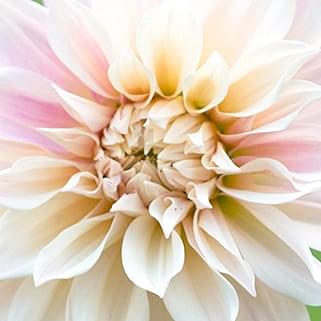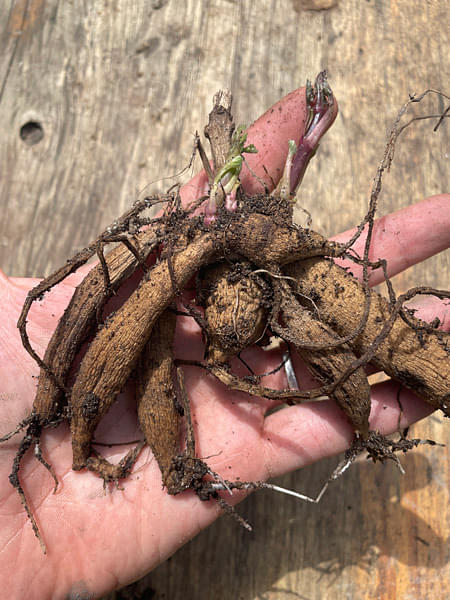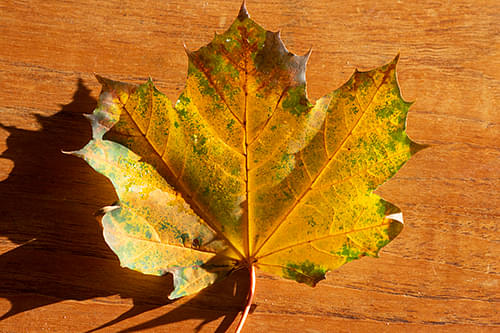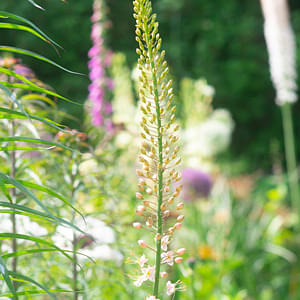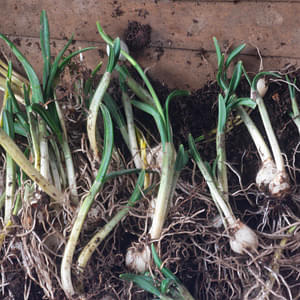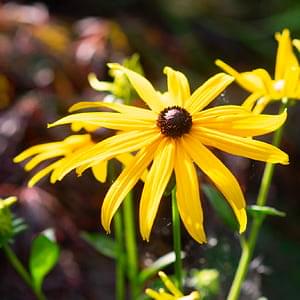How to Plant Lilies in Autumn
- How to plant Bulbs - Autumn planting bulbs
- 5 Jun 2019
-
5views
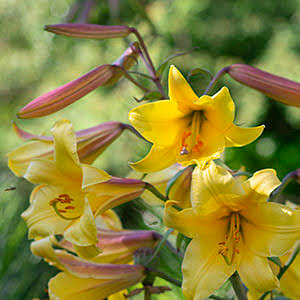
If you are able to do so, lilium should be planted on receipt, in the autumn or in the spring. Should this not be possible, keep them in cool, well ventilated conditions.
Most lilies require full sun for most of the day but will take dappled shade for part of the day. A well-drained sandy rich soil with a little added humus is ideal but a heavy soil can be lightened with coarse sand or light grit. Adding a little bone meal to the soil also improves your lily growth.
Different types of lily prefer different soil types as follows:
- Longiflorum – Lime tolerant
- Oriental – Ericaceous (acid)
- Species – Most soil conditions
- Trumpet – Lime tolerant
Plant your lilies around 17-20 cm deep and around 10-20 cm apart depending on the variety. For trumpet and oriental varieties, plant around 20-25 cm for extra protection in the wind when they grow.
Lilies grown in containers should be planted around 15 cm deep in John Innes Nº2 compost — oriental lillies will require to be planted in ericaceous compost.
You can plant the lilium slightly tilted to avoid water getting inside.
Pack the soil well around the bulb and water freely to help the soil to settle and prevent air pockets. Lilium will not usually require daily watering: over watering will rot the bulb so keep it moist but not wet.
To feed your bulbs, use a well balanced fertiliser especially high in potash during flowering and as the growth dies back to help keep the bulb healthy. It is important to stop feeding after this time.
After blooming has finished, leave the foliage to die back and nourish your bulbs. The lilies will rest over winter before starting to grow again the following spring. In early spring take off the first 10 cm of compost "if planted in pots" and replace with fresh compost.
Lilium suitable for dappled shade:
- Martagon Album
- Pardalinum
- Henryi
Potential problems, pests and diseases:
- Botrytis: this is a fungal disease that affects the leaves it is usually caused by excessive moisture and warm temperatures. The first sign of it is usually brown spots on the leaves. If left untreated the whole plant can decay. Once identified, you should remove the leaves. It is also advisable to spray the leaves when dry with either a copper spray or 1tbsp of baking soda per gallon of water. The disease is not carried by the bulb so it will not affect the growing the following years.
- Blue mould: Lilium have high sugar content and bruising or indeed any injury can cause a penicillin mould to form on the injured part. It may look undesirable but this is harmless to the bulb and can be carefully removed. You can dust the bulb with a fungicide and plant as usual.
- Viruses: these are usually transmitted by aphids so try to control infections with a garlic spray or insecticide.
The following is a list details possible viral infection;
- Mottling and flecking of the leaves;
- Reduction of plant size and height;
- Distorted growth; or
- Colour breaking in flowers.
If lilium show severe infection they should be destroyed to control this as soon as possible.
The lily beetle is becoming more of a problem. These bright red insects are easy to spot as they’re bright red. To rid your lilies of these pests either remove them and crush them by hand or use a systemic insecticide on the plant and soil. Avoid moving infected soil to other sites as the lily beetle larvae may then spread.




